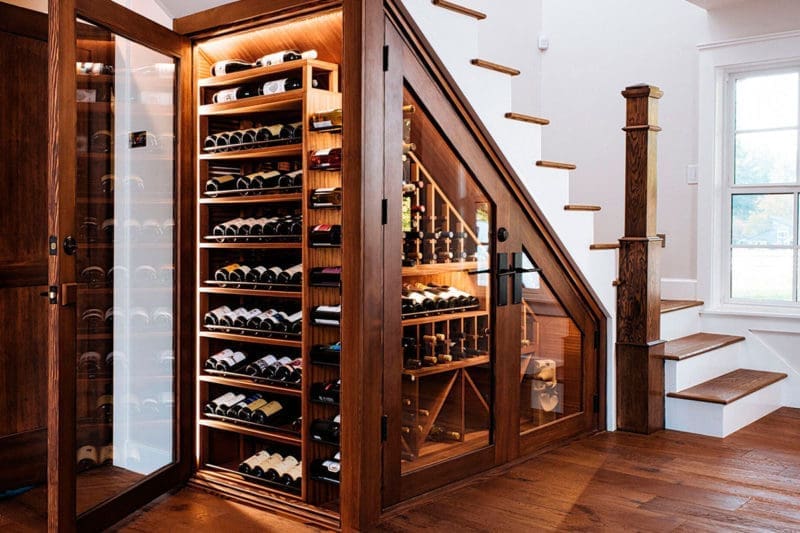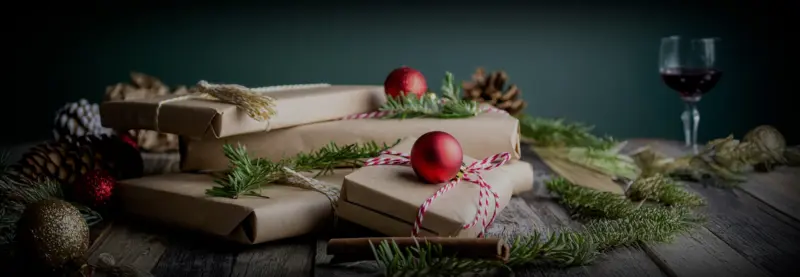If you’re a wine lover, you surely have bottles saved at home. Have you ever wondered whether you’re storing them properly? If not, but you’d like to, here’s what you need to know.
Setting up a wine cellar at home is a lot of fun and consists of creating an appropriate physical space to conserve your wines under optimal conditions so you’ll have just the right wine available any time you need one. Let’s take it step by step.
A Plan
Like any special project, it’s best to start with a plan. You’ll need to consider how many bottles you want to hold (we recommend at least 15) and what your budget is. Maybe you want to invest in a space that requires a home remodel, or you may just want to transform an existing space without having to spend a lot of much money.
Invest more in red wines than whites
If you already have a plan to create your own wine cellar, you should keep that in mind every time you buy wine. There are bottles that you may not open right away, and they can go into the cellar. And to do that, you should know that red wines such as the Marques de Casa Concha Heritage have a much greater cellaring potencial than white wines do. Also consider buying more than one bottle of a wine you particularly like, so you can compare the wine from one bottle to the next and see how it ages over time.
Darkness
This is a key element, because contact with direct light can accelerate the oxidation of the wine and negatively affect its organoleptic characteristics. You’ll need to find or create a dark place with low artificial light that is only on when necessary. This can be a closet, a windowless bathroom, a space beneath that stairs, or a pantry, for example.

Ph: Sommi Wine Cellars
Temperature changes
It is important that your cellar not experience abrupt changes in temperature so that the wine evolves in a controlled manner. High temperatures make wines age much more quickly, so to protect a fine wine such as the Marques de Casa Concha Carmenere, it’s best to maintain your cellar at a constant 10ºC, which you can monitor by installing a special thermometer for wine cellars.
Dry, cool, and vibration free
It’s also advisable that your cellar maintain 70–80% humidity to prevent corks from drying out or labels from becoming too damp. If necessary, you can use a humidifier.
Store your bottles horizontally, with the wine in contact with the entire cork. The space should also be free of strong odors, so you may need to ventilate it from time to time. And don’t forget that wine is a “living” liquid that’s susceptible to anything and everything that happens in its environment.
Keep a Cellar Log
Finally, it’s always a good idea to keep a record of everything in your cellar. You can start by entering the name, varieties, and vintages of your bottles (which also helps if a label is damaged), but you can also record your tasting notes and follow the evolution of a particular wine over time.




